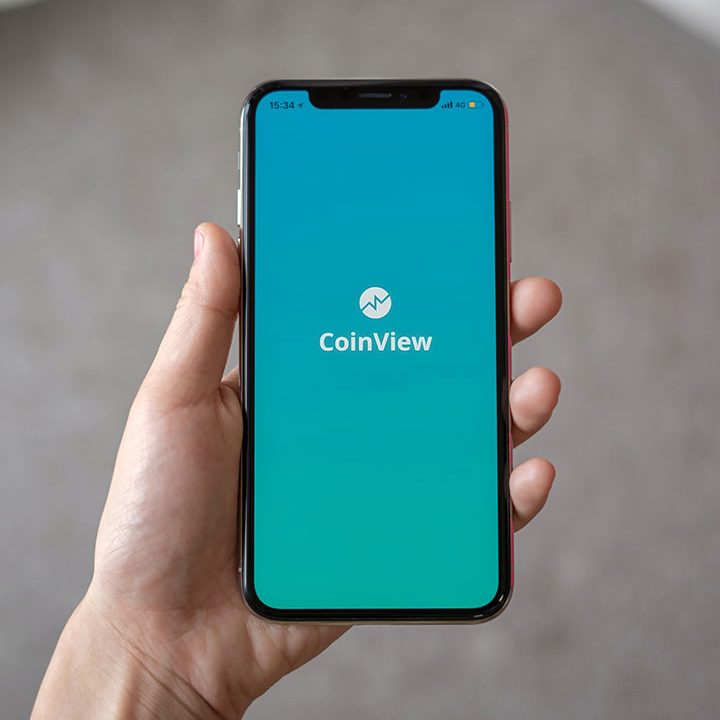Why All-in-one Apps (like WeChat) Are Becoming More Popular?
You wake up, check messages, book a cab, order breakfast, pay your utility bills, and even shop for groceries, all without ever leaving a single app. Sounds futuristic? Not anymore. All-in-one mobile apps like WeChat, Grab, and Gojek are redefining convenience, turning your smartphone into a one-stop digital hub for almost everything you need.
The super apps market growth is skyrocketing as more businesses recognize the power of creating seamless ecosystems that keep users engaged. WeChat super app features, from messaging and payments to social media and e-commerce, have set a global benchmark for how integrated platforms should work. As we approach the rise of super apps 2025, this trend isn’t slowing down. Instead, it’s expanding worldwide, transforming how we interact with technology and reshaping the future of mobile applications.
What are all-in-one apps?
All-in-one mobile apps, also known as super apps, are platforms that integrate multiple services into a single application, eliminating the need for users to switch between different apps for various tasks. Unlike traditional mobile apps, which focus on a single function (e.g., messaging or payments), super apps combine several essential services—such as social networking, e-commerce, digital payments, ride-hailing, and more into one seamless ecosystem.
The concept gained global attention with WeChat super app features, which turned the app into an indispensable tool for millions. What started as a simple messaging platform evolved into a multifunctional ecosystem offering mobile payments, shopping, government services, and even healthcare bookings, all within a single interface. This level of integration boosts user convenience and engagement while allowing businesses to expand their services within a centralized digital environment.
As the super apps market growth accelerates, more companies and regions are adopting this model to create highly functional, user-centric platforms. Businesses worldwide are recognizing the potential of super apps to drive customer retention, enhance user experience, and open new revenue streams.
Also Read: New Gemini features available in latest Android Studio release

The Key Factors Driving the Popularity of Super Apps:
| Key Factor | Explanation |
| Convenience and Multi-Functionality | Super apps eliminate the need for multiple applications by integrating various services like messaging, payments, shopping, and ride-hailing. This all-in-one mobile apps approach enhances user convenience and streamlines digital interactions. |
| Seamless User Experience and Ecosystem Integration | A seamless ecosystem ensures users can switch between different services without friction. WeChat super app features demonstrate how businesses can create an interconnected digital environment where users remain engaged without leaving the platform. |
| Growth of Mobile Payments and Digital Wallets | The rise of digital payments and mobile wallets is a major driver behind super apps market growth. Integrated payment systems within these apps enable fast, secure, and cashless transactions, making them essential for everyday activities. |
| AI and Personalization | AI-driven recommendations, chatbots, and predictive analytics enhance user experience by personalizing services. The future of mobile app ecosystems will heavily rely on AI to improve user engagement and service automation. |
| Business Benefits: Increased Engagement & Monetization | Businesses benefit from super apps by increasing user retention and monetization opportunities. The rise of super apps 2025 will see more companies adopting this model to offer advertising, premium services, and cross-platform integrations for higher revenue potential. |
The Global Rise of Super Apps: Is the Trend Expanding Beyond Asia?
For years, all-in-one mobile apps like WeChat, Grab, and Alipay have dominated Asian markets, redefining digital convenience by integrating multiple services, messaging, payments, e-commerce, ride-hailing, and more, within a single platform. However, as the super apps market growth accelerates, companies outside of Asia are now exploring similar models to capture user engagement and enhance digital ecosystems.
Leading the way, WeChat super app features have set a benchmark for how super apps can seamlessly integrate daily digital activities, from social networking to financial transactions. Inspired by this success, Western companies like Meta (Facebook), PayPal, and Uber are actively working to replicate the super app model, adding new services such as integrated payments and shopping experiences.
As we approach the rise of super apps 2025, regions like Latin America, Africa, and the Middle East are becoming key players in this transformation. Companies in these markets are leveraging the super app concept to provide financial inclusion, digital commerce, and communication tools in a single ecosystem.
Also Read: Future Trends in White Label Mobile App Development
FAQs
What is a super app, and how is it different from a regular mobile app?
A super app is an all-in-one mobile app that integrates multiple services (e.g., messaging, payments, shopping) within a single platform, whereas a regular app focuses on a single function.
Why is WeChat considered the most successful super app?
WeChat super app features include messaging, mobile payments, e-commerce, government services, and mini-programs, making it an essential part of daily life in China.
Are super apps only popular in Asia?
While super apps originated in Asia, the super apps market growth is expanding to Latin America, Africa, and even Western countries as businesses explore similar models.
What are the risks associated with super apps?
Key concerns include data privacy, monopolization, cybersecurity risks, and regulatory challenges, especially as companies integrate more services into a single ecosystem.








